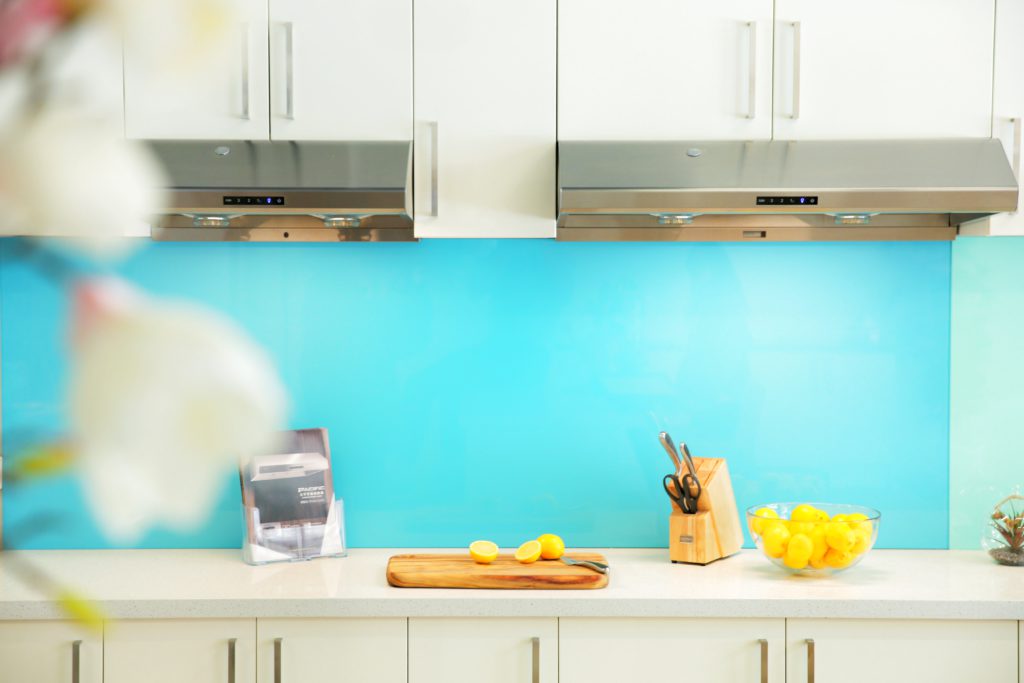If you don’t have a Pacific auto cleaning range hood yet(which you absolutely should if you’re a cooking nut like myself!), this piece is for you. Worry not, we are not here looking for the money in your pocket. As a leader in the range hood market since 1975, we’re here to help you bring back a grease-free kitchen, with our exceptional expertise in range hood maintenance.

When it comes to maintaining a clean and healthy kitchen environment, one often overlooked but essential aspect is the range hood. Range hoods play a vital role in keeping your kitchen free from smoke, grease, and odors. However, over time, the creation of gourmet dishes can accumulate dirt and grime, affecting their efficiency and even posing fire hazards. To ensure your range hood operates optimally, it’s crucial to know how to clean and maintain it properly. In this comprehensive guide, we’ll walk you through the steps to achieve a spotless and well-functioning range hood, making it the only resource you’ll ever need.
Step 1: Gather the Necessary Supplies
Before diving into the cleaning process, gather all the supplies you’ll need. Here’s a list of essential items:
1. Mild dish soap or grease-cutting detergent
2. Warm water
3. Microfiber cloth or sponge
4. Non-abrasive scrub brush
5. Baking soda
6. White vinegar
7. Paper towels or dry cloth
8. Protective gloves
Step 2: Prepare the Range Hood
Ensure the range hood is turned off and unplugged from the power source. If your hood has removable filters, detach them carefully according to the manufacturer’s instructions. Place the filters aside for separate cleaning.
Step 3: Clean the Exterior
Using a microfiber cloth or sponge, wipe down the exterior surfaces of the range hood. Dip the cloth or sponge into a solution of warm water and mild dish soap, or a grease-cutting detergent for stubborn stains. Gently scrub away any grease or residue, paying attention to all the nooks and crevices. Rinse the cloth or sponge regularly and continue until the exterior is clean. Finally, wipe the surface with a dry cloth or paper towel.
Step 4: Clean the Filters
Filters are essential components of range hoods as they trap grease and prevent it from circulating back into your kitchen. Here’s how to clean them:
Metal Filters
If your range hood has metal filters, start by removing excess grease using a non-abrasive scrub brush. Create a paste by mixing baking soda with warm water and applying it to the filters. Allow it to sit for 15-20 minutes, then scrub gently to remove any remaining residue. Rinse the filters thoroughly and let them air dry before reattaching.
Charcoal Filters
Charcoal filters are not washable and need to be replaced periodically. Check the manufacturer’s guidelines on when and how to replace them.
Don’t tell nobody! Pacific range hoods have a filterless design that saves you both time and energy. Say goodbye to the hassles of traditional range hoods with our extraordinary filterless marvel.
Step 5: Clean the Interior
To clean the interior of your range hood, follow these steps:
a. Ventilation Ducts: If possible, disconnect the ventilation ducts and inspect them for any debris or blockages. Use a vacuum cleaner or a long brush to remove dust or grease buildup.
b. Fan Blades: Wipe the fan blades carefully with a damp cloth to remove any accumulated grease or dirt. Take extra care not to bend or damage the blades.
c. Grease Traps: Locate the grease traps or collection trays underneath the range hood. Remove them and empty any trapped grease or residue. Wash them with warm water and mild dish soap, and then rinse thoroughly before reinserting.
Ohh-oh! What about the motor?
The motor is an important part of the range hood, and cleaning it can be quite the challenge. Tucked away behind the filters and encased in a labyrinth of greasy residue, the intricate components and crevices make it arduous to reach every nook and cranny, requiring a meticulous approach. Disassembly is also a daunting task, and ensuring its proper reassembly adds to the complexity. The accumulation of oil, grease, and cooking residue over time can impede the motor’s functionality, necessitating a thorough cleaning. Pacific Range Hood’s TruSTeam and AutoClean Line provides the marvelous High-Temperature Steam Cleaning feature, breaking down the most often ignored but crucial task of range hood cleaning down to the light press of a button.
If your range hood is still rather new and isn’t due for a replacement, here’s the guide to cleaning your range hood motor:
- Start by turning off the power and removing the motor cover or housing.
- Use a vacuum cleaner with a brush attachment to gently remove loose dust and debris.
- Dampen a soft cloth or sponge with a mild degreaser or soapy water and carefully wipe down the motor and its components, taking care not to saturate the motor with excessive moisture.
- Finally, allow the motor to dry completely before reassembling the range hood, ensuring that all parts are securely in place.
Step 6: Final Touches
Once you’ve cleaned all the components, give your range hood a final wipe-down using a damp cloth to remove any remaining residue. If you notice any persistent stains, consider using a mixture of equal parts white vinegar and warm water to tackle them. Vinegar’s acidity can help break down stubborn grease and leave your range hood sparkling.
Conclusion
Maintaining a clean and functional range hood is crucial for a healthy and efficient kitchen. By following this comprehensive cleaning guide, you can ensure that your range hood remains in top condition, effectively eliminating odors and preventing the buildup of grease. Remember to clean both the exterior and interior components regularly and pay special attention to the filters. With these simple steps, your range hood will continue to provide optimal performance while keeping your kitchen fresh and free from unwanted contaminants.

